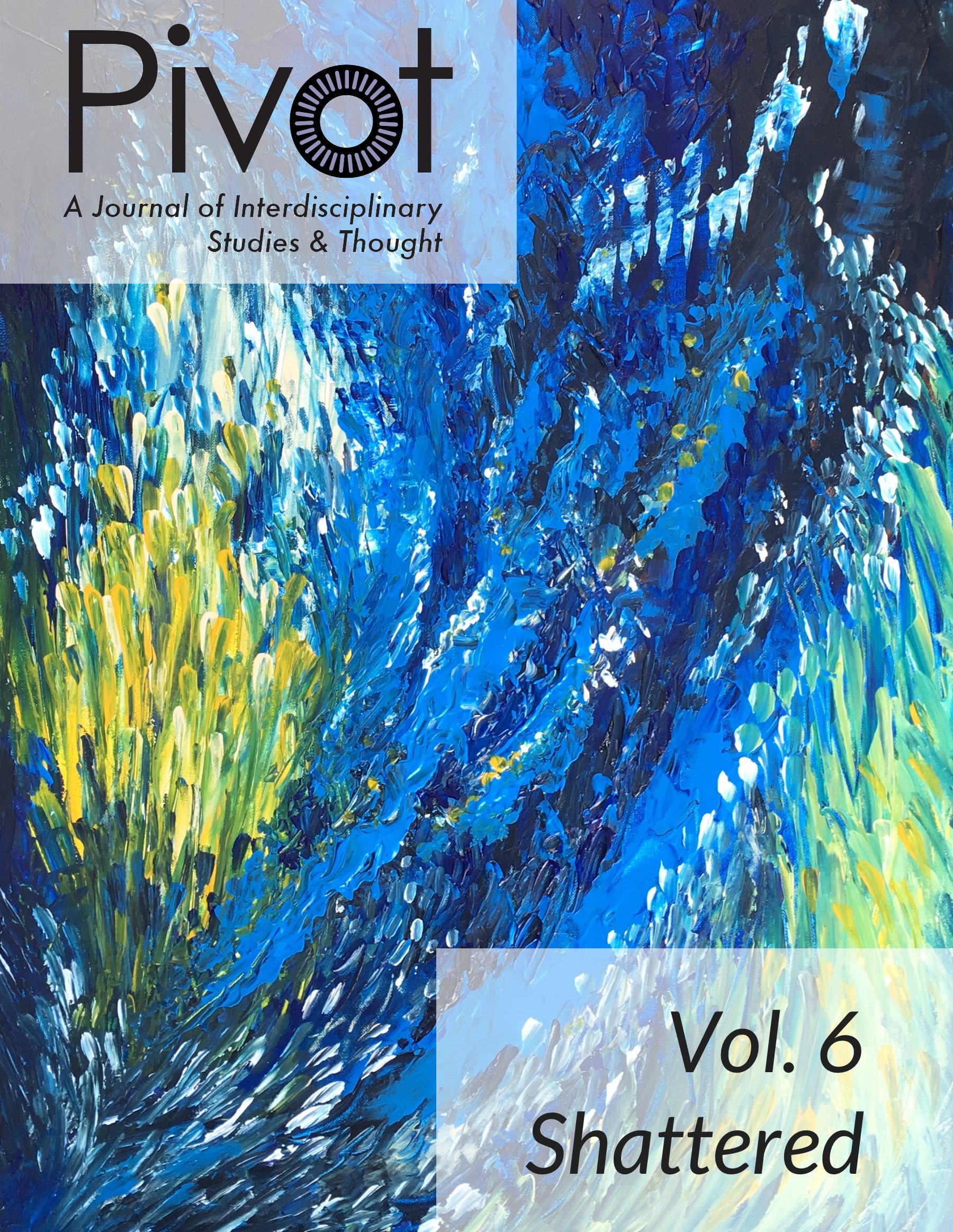Shattered Masculinity and Violence in Walker Percy's Lancelot: Apocalypse Now
DOI:
https://doi.org/10.25071/2369-7326.40272Abstract
Although it is not one of Walker Percy’s most popular novel, Lancelot is certainly one of his most complicated. Critics like Vaulthier and Hebert have discussed the masculinity of protagonist Lancelot Lamar in depth, building on theories linking Lamar’s shattered masculinity with male homosocial behavior, particularly homosocial relationships between Lamar and Merlin and Lamar and Percival. Critical discussions leave out, however, an exploration of the violence that pervades the entire text. This is problematic because Lamar’s dissatisfaction with the homosocial roles in the triangulated relationships created by his wife’s affair is what sparks his obsession with violence as a cleansing act. His wife’s lover is not manly enough for Lamar, shattering Lamar’s sense of masculinity and enraging him. As the narrative progresses, it becomes filled with his vision for the future—a world brought on by apocalypse where the women are sexually pure and the men are “pure in heart.” Lamar clearly regards violence as the only way to restore the patriarchal order that his experience of triangulated relationships has thwarted.
References
Allen, Michael S. “Male Bonding and American Literature.” Midwest Quarterly, vol. 36, no. 1, 1994, pp. 19–41. DOI: https://doi.org/10.1353/chq.0.1057
Beesley, Francis, and James McGuire. “Gender-Role Identity and Hypermasculinity in Violent Offending.” Psychology, Crime and Law, vol. 15, no. 2/3, 2009, pp. 251–68. DOI: https://doi.org/10.1080/10683160802190988
Bugge, John. “Arthurian Myth Devalued in Walker Percy’s Lancelot.” Lancelot and Guinevere: A Casebook. Edited by Lori Walters, Garland, 1996, pp. 181–91.
Coulter, Lauren Sewell. “The Problem of Merlin’s Pardon in Walker Percy’s Lancelot.” Southern Literary Journal, vol. 33, no. 2, 2001, pp. 99–107. DOI: https://doi.org/10.1353/slj.2001.0002
Hebert, Maria. “Between Men: Homosocial Desire in Walker Percy’s Lancelot.” Mississippi Quarterly, vol. 56, no. 1, 2002, pp. 124–45.
Kimmel, Michael. Angry White Men: American Masculinity at the End of an Era. Nation, 2013.
Kobre, Michael. Walker Percy’s Voices. U of Georgia P, 2000.
Leverenz, David. Manhood and the American Renaissance. Cornell UP, 1990.
Lupack, Alan, and Barbara Tepa Lupack. “Moral Chivalry and the Arthurian Revival.” Arthuriana, vol. 26, no. 4, 2016, 3–32. DOI: https://doi.org/10.1353/art.2016.0048
Messerschmidt, James W. “Men Victimizing Men: The Case of Lynching, 1865– 1900.” Masculinities and Violence, edited by Lee H. Bowker, Sage, 1997, pp. 125–51.
Quinlan, Kieran. Walker Percy: The Last Catholic Novelist. Louisiana State UP, 1996.
Percy, Walker. Lancelot. Ivy, 1977.
Reeser, Todd. Masculinities in Theory: An Introduction. Blackwell, 2010. DOI: https://doi.org/10.1002/9781444317312
Sedgwick, Eve Kosofsky. Between Men: English Literature and Male Homosocial Desire. Columbia UP, 1985. DOI: https://doi.org/10.7312/sedg90478
Smith, C.E. “The Unholy Grail in Walker Percy’s Lancelot.” Religion and the Arts, vol. 3, no. 3/4, 1999, pp. 385–407. DOI: https://doi.org/10.1163/156852999X00259
Vauthier, Simone. “Mimesis and Violence in Lancelot.” Delta: Revue du centre d'étude et de recherches sur les écrivains du sud aux Étas-Unis, vol. 13, 1981, pp. 83–102.
Wilhelm, Arthur W. “Moviemaking and the Mythological Framework of Walker Percy’s Lancelot.” Southern Literary Journal, vol. 27, no. 2, 1995, pp. 62–73.

